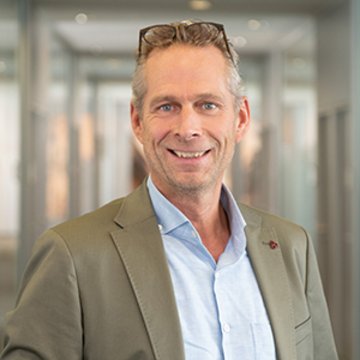The typical 1920s facade of this house has been preserved to this day. Bay windows and small balconies break up the clear, sober lines. The stairwell and foyer are lovingly decorated with ceramic tiles from Gmunden.
Flats
Area available for letting: approx. 630 m²
- Flats: 9
- Parking spaces available
The two patron saints of the Erdberg Church, St. Peter and St. Paul, lend their names to the streets Petrus- and Paulusgasse in Vienna's 3rd municipal district. Even though the area was already populated in Roman times, over the centuries, it was mainly used for fields and vineyards. Only in 1808, the farmland was bought by Johann Konrad Rosenthal. The nursery and market gardener is regarded as the founder of the first tree nursery in Vienna.
In 1927, architect Franz Gessner replaced the single-storied residential house in Petrusgasse 1 with a four-storied residential and office building, including an assembly shop. As a fellow student of Adolf Loos and pupil of Otto Wagner, he was regarded as the inventor of the sober, utilitarian style typical of the 1920s. His client was Jakob Warchalowski's motor factory. The building was meant to expand the works lying diagonally across from it. To this day, Warchalowski's pioneering inventions in the field of aviation can still be admired at the Technical Museum. In honour of Emperor Franz Joseph's 80th birthday, Jakob's son Adolf completed a legendary flight with his "auto-biplane machine".
Petrusgasse is in a unique location: on the one hand, it is not far from the Prater, Vienna's "green lungs". On the other hand, it is in direct proximity to Landstraßer Hauptstraße with its infrastructure and various public transport options. So, this property has it all - vibrant city life and natural peace and tranquillity.





